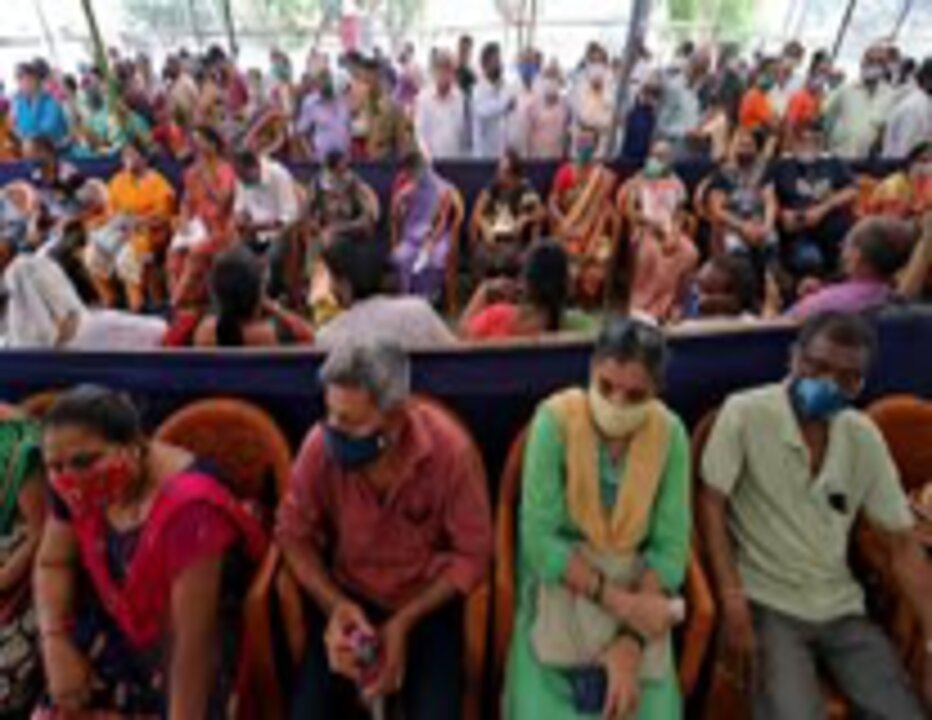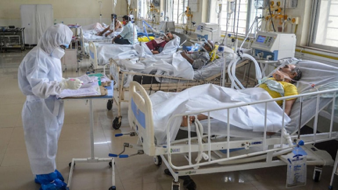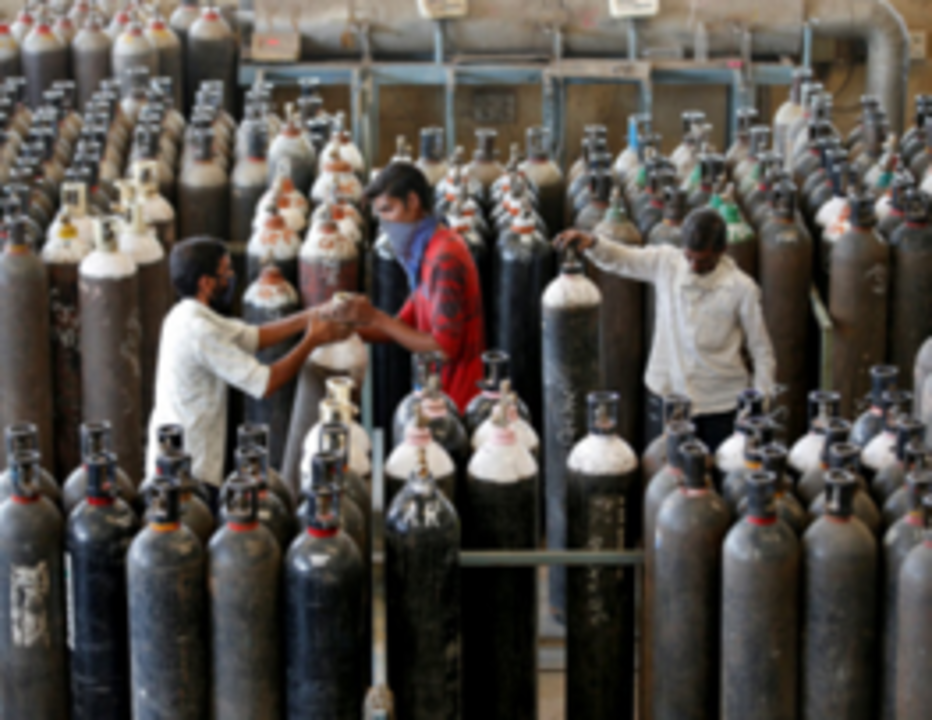The Oxygen Chaos and how we can solve it
The second wave of the Covid-19 pandemic has hit India hard. The first case of covid-19 in India was reported on 30 th January 2020.As of now, May 2021 India has the second-highest number of confirmed cases in the world.

The second-highest number of confirmed cases in the world. The second wave began in March 2021 which was a lot worse than anticipated. It led to shortages of vaccines, hospital beds, oxygen cylinders and other medicines in different parts of the country. There has been a severe shortage of medical oxygen for patients in India. Twenty-four people died in one hospital overnight on Sunday in the southern state of Karnataka after the hospital ran out of oxygen, another 12 people died on Saturday in the capital, New Delhi. Oxygen therapy is crucial for severe COVID patients with hypoxemia when oxygen levels in the blood are too low.
Experts say India is producing enough oxygen, at just over 7,000 tons a day. Most of it is for industrial use but can be diverted for medical purposes. The Indian government has now directed most of the country's supply of industrially produced oxygen toward the health care system. Amid high demand, suppliers have been ramping up capacity to be able to produce more than 9,000 tons of medical oxygen by mid-May.
However, most oxygen producers are based in India's east, while the soaring demand has been in cities in the western and northern parts of the country. Delhi, Maharashtra and Gujarat need the maximum supply of medical oxygen as they have the maximum number of serious cases and deaths. Consumption of medical oxygen in Maharashtra has reached the state’s full production capacity of 1,250 tonnes. The state has 6.38 lakh active cases of Covid-19, and about 10% of them an estimated 60,000-65,000 are on oxygen support, the highest for any state.

Maharashtra is additionally taking 50 tonnes from Chhattisgarh and another 50 tonnes from Gujarat daily. It is also slated to receive 100 tonnes from Reliance’s plant in Jamnagar, Gujarat. Nevertheless, the country lacks enough transport and storage capacity. Liquid oxygen at very low temperatures has to be transported in cryogenic tankers to distributors, which then convert it into gas for filling cylinders. But India is short of cryogenic tankers.
Oxygen has applications in the iron and steel industry, hospitals, pharmaceutical units that manufacture vials, and the glass industry. Currently, most states have diverted their entire oxygen production for medical use.

The major manufacturers are Inox Air Products, Linde India, Goyal MG Gases Pvt Ltd, National Oxygen Limited. The largest of these, Inox, produces 2000 tonnes per day. “We are currently contributing to 60% of the total medical oxygen requirement in country.
Manufacturers prepare liquid oxygen with 99.5% purity, which is stored in jumbo tankers, and transported to distributors in cryogenic tankers at a specified temperature. At distributor level, a process of regasification is followed to convert the oxygen into gaseous form and fill it in jumbo cylinders and dura cylinders. These cylinders then go to smaller suppliers or directly to hospitals. “The problem is demand is high, butthere are not enough cylinders and tankers to store and transport oxygen,” an industry expert said.
Hurdles in Oxygen Logistics
India does not have enough cryogenic tankers to ensure 24×7 road transport of medical oxygen. Now when oxygen is being transported from one state to another, the travel time it takes from the manufacturer to a patient’s bed has increased from 3-5 days to 6-8 days. The smaller a hospital or the more remote its location, the longer the time taken for the oxygen to reach there. Smaller suppliers have also complained they do not have enough jumbo and dura cylinders to keep the flow steady. The increase in cost for transport and logistics has increased the cost of refilling cylinders. A cylinder that would earlier cost Rs 100-150 for refiling, now costs Rs 500-2000.
The Solution to solve this Crisis
CargoFL is going to focus on People who are producing it, People who are receiving it, Transporters and The Central Controller. Each of them will have a login id, password and a mobile app which will give them real-time visibility and better control on the movement of medical oxygen. This solves the need gap created between demand and supply thus making Oxygen Management a much more easier and organised sector.
Let us unite in these crucial times and fight the situation together using technology and put efforts behind saving more human lives.